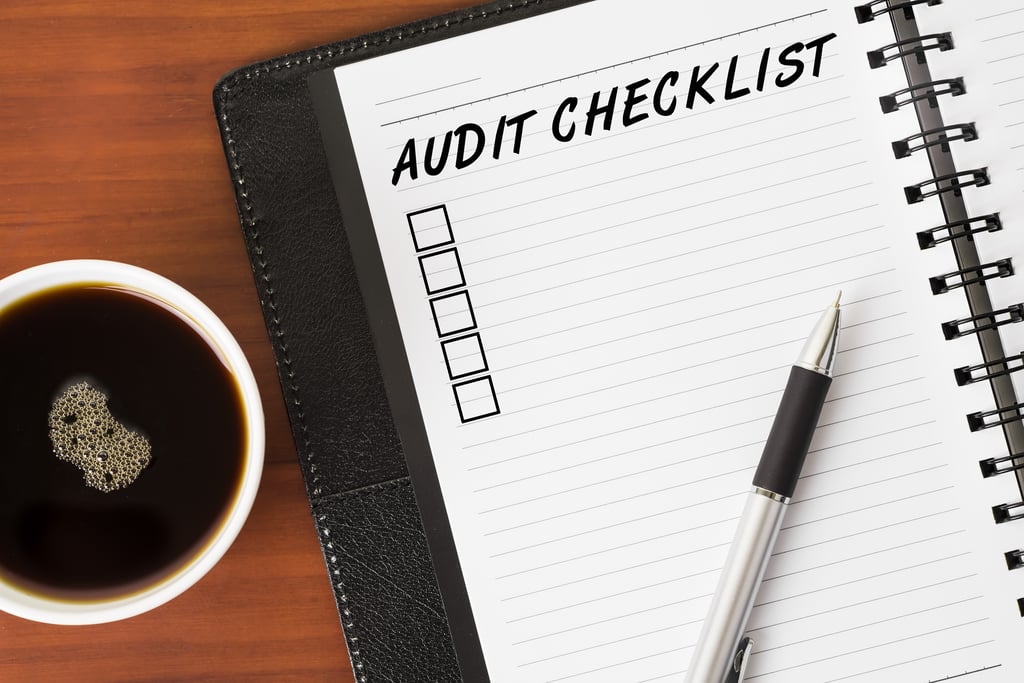The previous blog posts in our series about creating a content marketing strategy for industrial, technical and engineering companies looked at setting goals and defining your target audience. We’re now moving on to conducting a content audit of the assets you already have.
Most people in a business setting are used to a variety of audits – from ISO evaluations to those frightening HMRC audits. More often than not audits are regarded as yet more hoops to jump through, but in reality they can be very useful. Perhaps one of the most important audits your organisation should undertake is a content audit. And, fortunately, it will be relatively painless compared to the other examples!
So what is a content audit? It basically consists of taking a look at all the content your company has already created. It allows you to gather insights into what has been done, where there are gaps, and how to direct your future content strategy. Most companies already have a wealth of content – but they may not realise it! Fortunately, bringing your hidden gems into the light is far from difficult – simply work your way through the following steps.

- Collate all of your content
You may not believe you have much content, but look at the list below, and I bet you have more than you think! Once you start digging, there’ll be no stopping you:
- Website
- Blog
- Newsletters
- Corporate brochures
- Product datasheets
- Webinars
- Presentations
- Images
- Video
- Technical articles
- News/press releases
- Case studies/reference stories
- White papers/eBooks
- Industry specific brochures
- Podcasts
- Creative design – infographics/diagrams
- Research/surveys
- Interviews
- Create an inventory
Once you’ve gathered all of the existing content, it’s time to document it. For a cheap and cheerful inventory, you can’t beat an Excel spreadsheet. You can catalogue everything you’ve found, including individual webpages, and organise it with columns for the following:
- Title
- URL – if it has one
- Topic – this will depend on your organisation, but could include product categories or industries
- Content type – a landing page, blog, brochure, article, video
- Length
- Features – are there additional features to the content? For example, a blog post might include images, illustrations or video
- Conversion – is there a call to action?
- Up to date – does the content need updating?
- Date created
- Author
- Add metrics
Once you’ve got all the content mapped out, it’s useful to add metrics about each piece of content. This will be much easier for online content than for printed materials. Add columns to your spreadsheet to show how your audience has engaged and interacted with what you have already produced. Depending on your business and goals, you may wish to consider:
- Traffic/page visits
- Inbound links
- Conversions – how many performed the call to action
- Social shares
- How many distributed/printed
- What’s next for your current content?
By now you should have lots of information about the content you have and how it’s performing. What do you do with that information? There are three ways to go:
- Keep material that is working well
- Revise/update/refresh material that has performed well in the past but may have out-dated information
- Remove material that hasn’t performed well or isn’t aligned with your business anymore
- Competitor content
It’s always a good idea to keep an eye on what your competitors are doing – not with a view to copying them, but to ensure you understand their strategy so you can create one that’s different, that stands out, fills any gaps they’re not filling and, of course, is better!
There is no need to collect as much data as you did for your own audit, but it’s worth investigating the following for your top five/ten competitors:
- Traffic/web visitors
- Frequency of online posts such as blogs and news
- Topics they are covering
- Keywords they are targeting
- Quality – work out a grading system on how good their content is
You should now have an audit complete with lots of information to help you assess any gaps that need addressing, improve existing material and start planning future content.
This blog is part of a series on creating a successful content marketing strategy. We’ve developed a template to help industrial companies create a content marketing strategy – download it below. Our next blog in this series will look at developing topics for your industrial content marketing.
